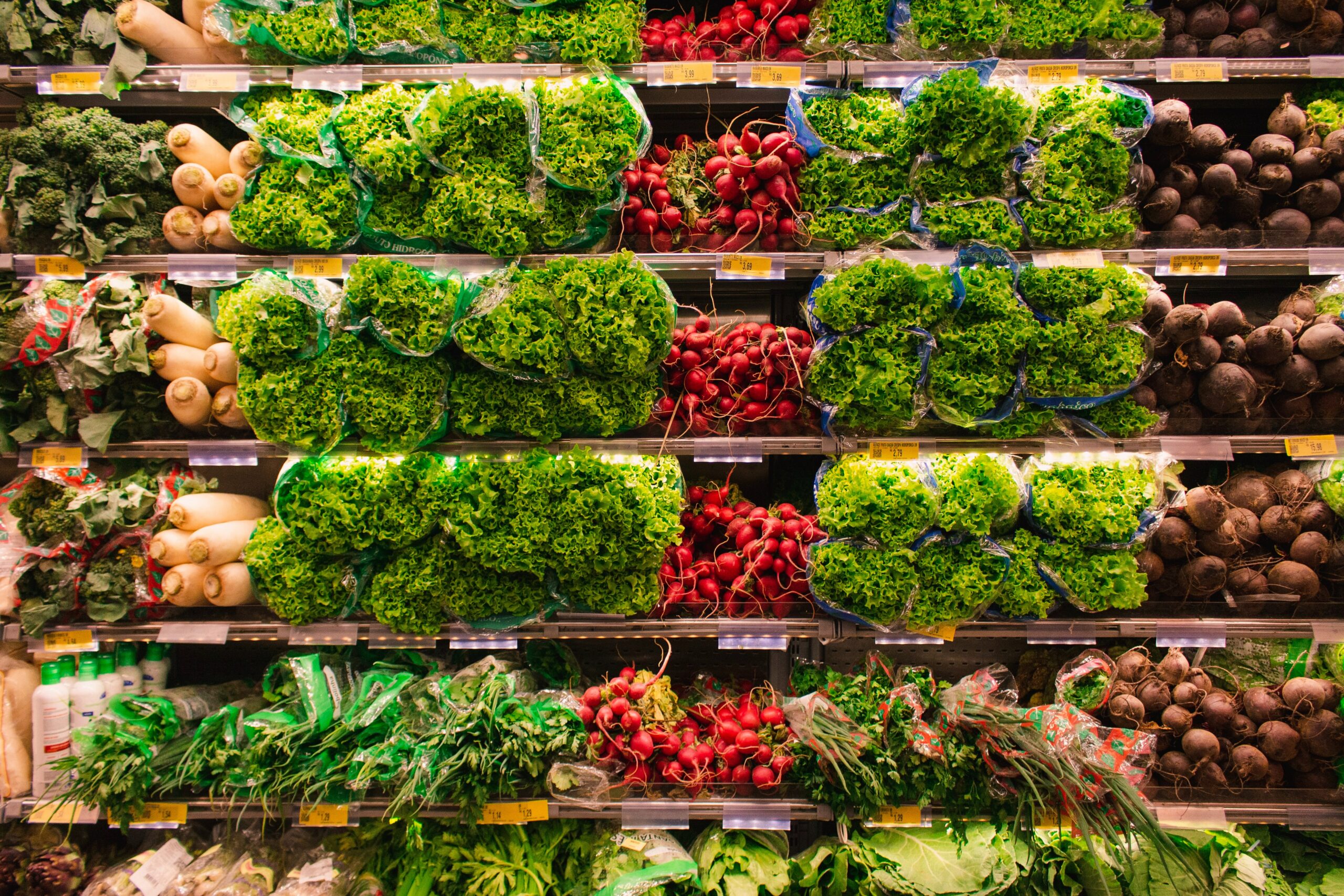The pandemic accelerated grocery ecommerce, as it saw a rate of 5 years growth in 5 months’ time, and it is here to stay. Many consumers turned to online grocery shopping during the pandemic for safety reasons, but now benefits are being realized beyond that. The demand for digital convenience is on the rise, even if it costs more. Online grocery shopping saves time and energy previously spent driving to a store to shop, browsing the options, and carrying the groceries into your home. It also gives shoppers more options. They can browse freely on their own time and pick it back up where they left off if interrupted. They can comparison shop for the best deals, read product reviews, set up recurring orders and receive personalized promotions for other grocery items which they may be interested in.
Sound familiar? It is no secret that ecommerce may have taken a few pages out of the same book of the online shopping mecca of the century, Amazon, but who wouldn’t. This is a place we all flock to for convenience shopping, which is a driving force behind the push for the rest of our world to be at our fingertips. In August roughly 68% of all US shoppers said they consider themselves online grocery shoppers.
Are retailers prepared?
According to a recent study, two-thirds of retailers don’t feel well prepared to meet the dual challenges of delivering on growth while achieving profitability. The shift to digital is foreign to many grocery retailers and hasn’t been much of a concern before 2020. Due to their lack of technology, tools and in-house talent, many are looking to externally to make it come to life. Attracting that talent, while juggling the demands of their brick and mortar, launching and maintaining an online ecommerce store, including allocating capital, keeping the shelves stocked and providing exceptional customer service is a balancing act to say the least. More efforts are underway as we see grocery stores beginning to merge and acquire with ecommerce in mind.
Technology and innovation that will make it happen
As retailers begin to bring on external partners, we are going to see new and different attempts to create a more convenient shopping experience. Grocers will likely seek out more options to make pickup more efficient, such as lockers or autonomous robots in parking lots. Not only will they be looking for efficiency but also quality. With convenience brings more risk to the food in transit, especially refrigerated and frozen foods. A cold chain system must be in place for grocery ecommerce to ensure food safety and quality is maintained. Retailers may look to more cost-effective dry ice alternatives like phase change materials and thermal packaging to create a close loop system of grocery delivery without waste.
With the growing demand from consumers, now, if not yesterday, is the time for retailers to get on board with the tools, technology and resources available to help them do it.
